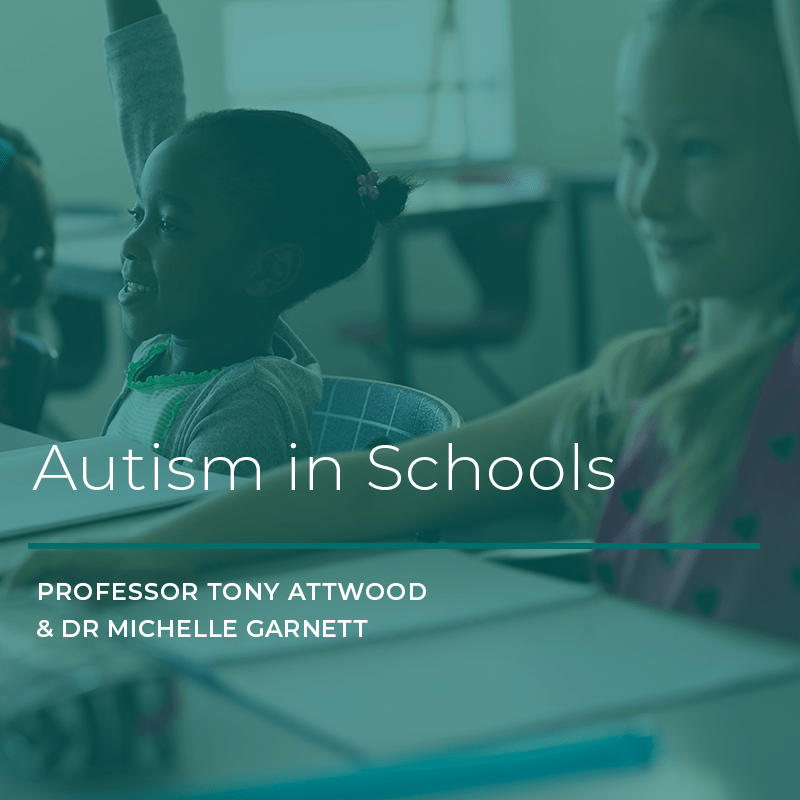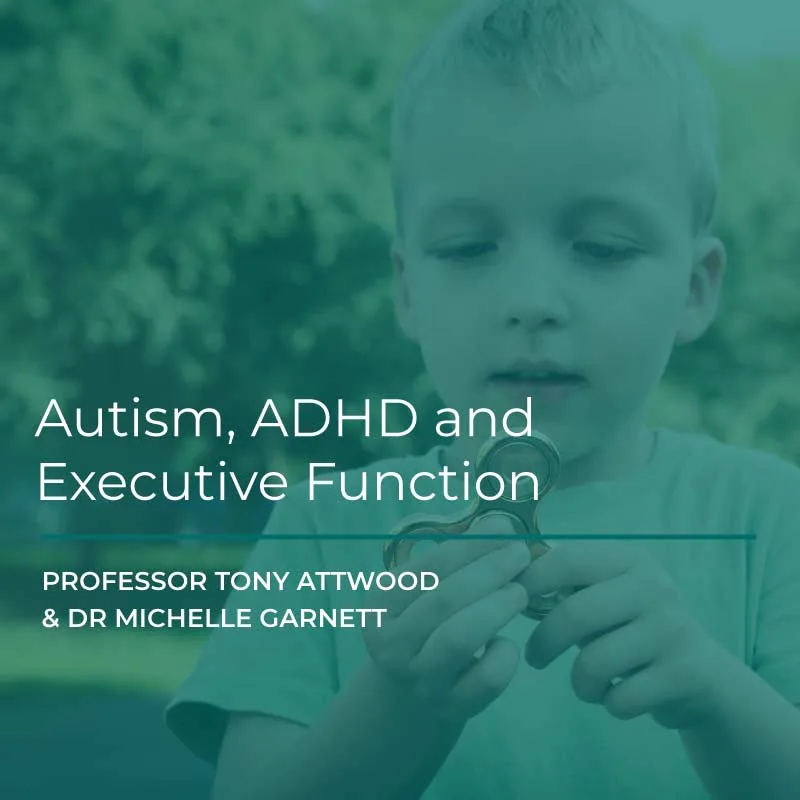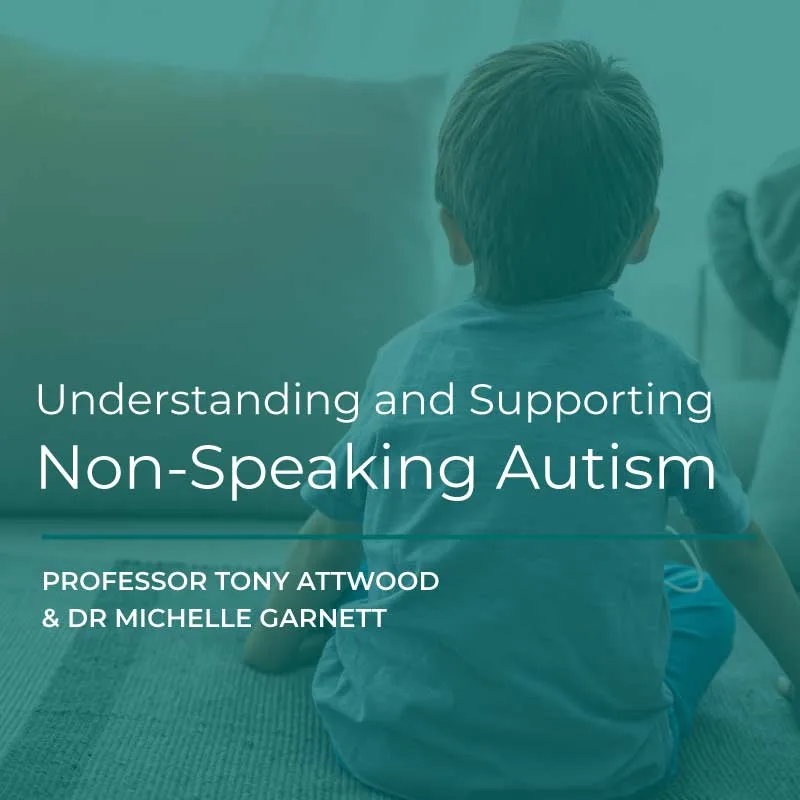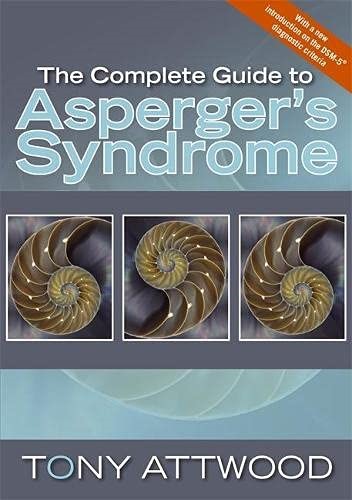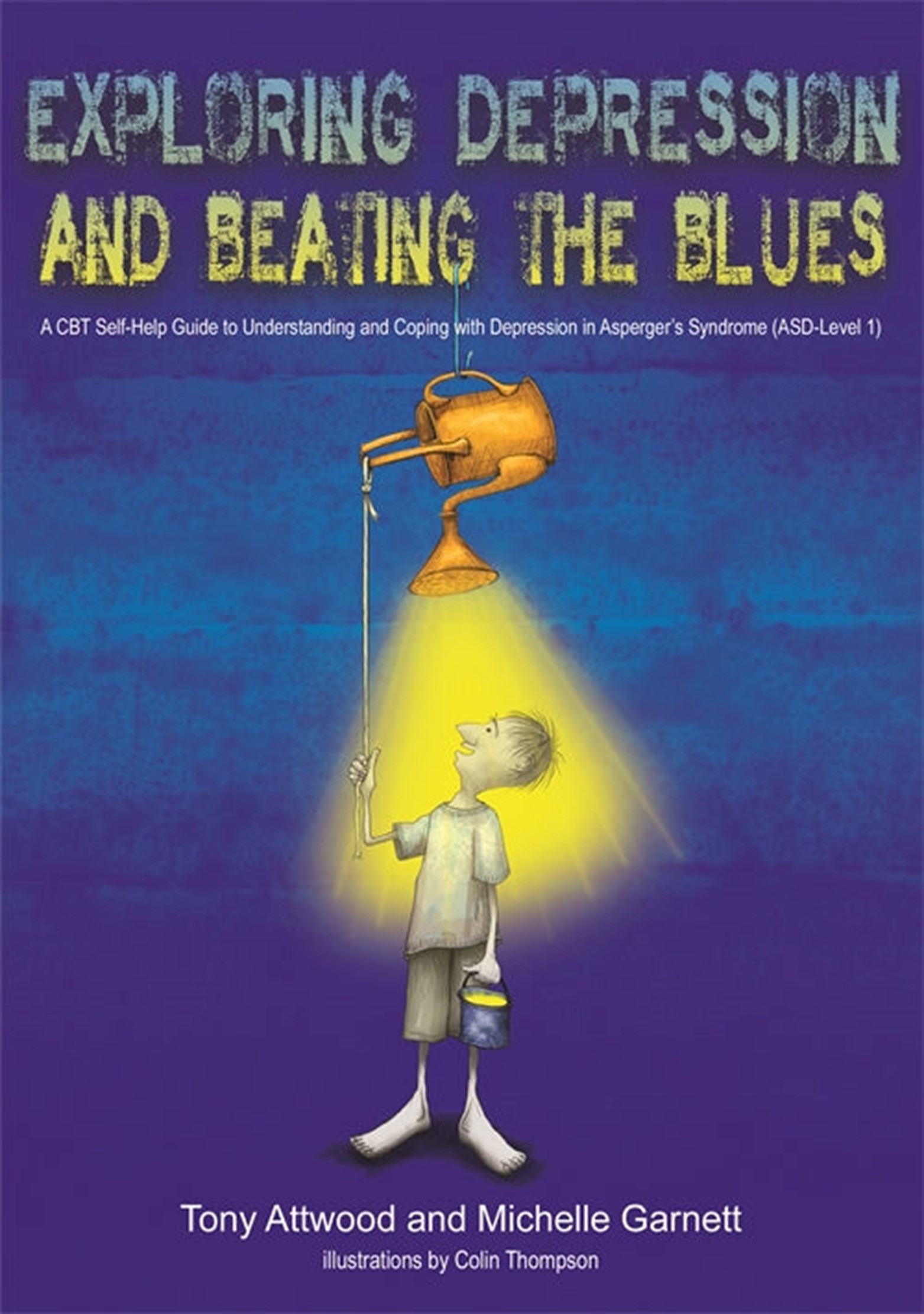Welcome to Tony Attwood's Website
A guide for parents, professionals and people with Asperger's Syndrome or Autism Spectrum Disorder Level 1 and their partners.
Ask Dr. Tony Webcasts
Regular podcasts in conversation with autismhangout.com founder/reporter Craig Evans > More Info
Participate in Research
Read about research projects that are seeking participation and find out how to get involved > More Info

to be one of the world’s foremost experts on
Autism Spectrum Disorder.
Upcoming Events
Books by Tony Attwood
Tony has published many books about Asperger's Syndrome and Autism.
He has also co-authored and contributed to publications with other experts.
He has also co-authored and contributed to publications with other experts.
New Release Out Now
Autism Working:
A Seven-Stage Plan to Thriving at Work
By Tony Attwood and Michelle Garnett


Tony Attwood, Michelle Garnett, Julia Cook, Louise Ford, and Stefanie Runham

Attwood & Garnett Events
FOUNDED BY PROFESSOR TONY ATTWOOD & DR MICHELLE GARNETT
Dr Michelle Garnett PhD is a clinical psychologist who has specialised in autism within her own private practice for over 27 years. She has co-authored six highly regarded books on autism, five with Prof Tony Attwood. Her 2018 book with Barb Cook is a seminal work on the female presentation, Spectrum Women: Walking to the Beat of Autism. Her most recent books Having Fun with Feelings on the Autism Spectrum and Ten Steps to Reducing Your Child’s Anxiety on the Autism Spectrum provide guidance to parents of young children on the autism spectrum.
Together Tony and Michelle have created a series of online courses that are available to download. There are also webinars consisting of a series of mater classes.
Recent Articles by Tony
05 November 2023
Can Autism be confused with schizophrenia?
The term autism was first used by the Swiss psychiatrist Eugen Bleuler in 1919 to describe a withdrawal from reality with a pathological predominance of inner...
05 November 2023
Autism over the age of 50
As clinicians, we have seen an increasing number of adults, and especially women, over the age of 50 seeking confirmation of autism in their developmental history and current...
16 August 2023
Autism and Ehlers-Danlos Syndrome
Researchers and clinicians in the autism area have known about the association between hypermobility and autism for a long time, and hypermobility is one common symptom...
Tony's Facebook Feed
This message is only visible to admins.
Problem displaying Facebook posts. Backup cache in use.
PPCA Error: Due to Facebook API changes it is no longer possible to display a feed from a Facebook Page you are not an admin of. The Facebook feed below is not using a valid Access Token for this Facebook page and so has stopped updating.
Problem displaying Facebook posts. Backup cache in use.
